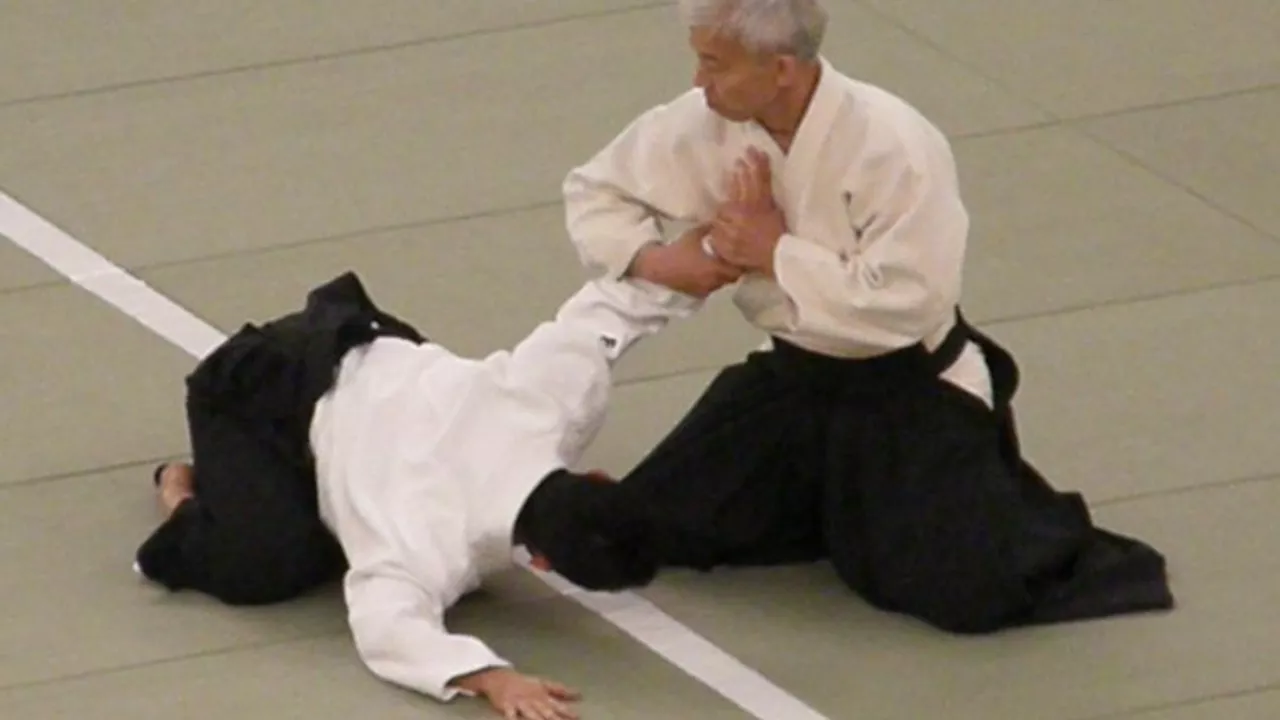Understanding the Origins of Aikido
Aikido, a modern Japanese martial art, has its roots deeply embedded in the ancient traditions of Japan. This martial art was developed by Morihei Ueshiba in the late 1920s and early 1930s. Ueshiba, also known as O'sensei (Great Teacher), was deeply influenced by a number of martial arts including jujitsu, kenjutsu, and sojutsu. Aikido is not just about physical strength; it's a way of life that seeks to strengthen the spirit and mind along with the body.
Understanding the origins of Aikido is important as it provides a deeper insight into the number of moves and techniques involved in this martial art. Aikido is unique as it is not about defeating the opponent but rather about neutralizing aggression. This philosophy is reflected in the various moves and techniques that are part of Aikido training.
The Basics: Aikido Techniques and Moves
Aikido consists of a vast array of techniques and moves. These can generally be categorized into two main groups: Nage-waza (throwing techniques) and Katame-waza (grappling techniques). The nage-waza includes techniques like Irimi-nage, Shihonage, Kaiten-nage, and Kokyu-nage. Katame-waza involves techniques like Ikkyo, Nikyo, Sankyo, and Yonkyo, among others.
However, it is important to note that Aikido is not just about learning a set number of moves. The essence of Aikido lies in understanding and applying the principles of non-resistance and non-aggression. This involves learning to blend with the movements of the opponent and redirecting their energy to neutralize the attack.
Digging Deeper: Variations in Aikido Moves
While the basic techniques of Aikido remain the same, there are numerous variations in the moves based on different factors such as the direction of attack, the type of attack, and the position of the uke (the person receiving the technique).
For instance, each basic technique can be performed in different ways depending on whether the attack is coming from the front, the rear, or the side. Similarly, the type of attack, whether it's a strike, a grab, or a punch, also influences the Aikido move that is used. The position of the uke is another important factor that determines the move.
Advanced Aikido: Weapons and Their Moves
Aikido is not just about unarmed combat. Part of the Aikido training also involves learning to use traditional Japanese weapons like the bokken (wooden sword), jo (short staff), and tanto (knife). The use of weapons in Aikido is not about aggression but rather about learning to maintain harmony and balance even when facing an armed opponent.
The weapons training in Aikido includes a number of katas (formal exercises) and suburi (individual swinging practices). These help in developing precision, control, and awareness, which are essential for mastering the art of Aikido.
Mastering the Art: The Role of Practice in Aikido
In Aikido, practice plays a crucial role in mastering the various moves and techniques. The practice is not just about physical training but also about mental and spiritual growth. This involves learning to maintain calmness and composure in the face of aggression and conflict.
The number of moves in Aikido is not fixed. It's a dynamic art where the moves keep evolving based on the situation and the opponent. The key to becoming proficient in Aikido is continuous practice and a deep understanding of the principles and philosophy of this martial art.
Conclusion: The Infinite Moves of Aikido
In conclusion, the number of moves in Aikido cannot be quantified. It's an art that is constantly evolving and adapting based on the situation and the practitioner. The essence of Aikido lies not in mastering a set number of techniques but in understanding and applying the principles of harmony, balance, and non-resistance. As long as one continues to practice and learn, the moves in Aikido are infinite.
July 19 2023 0
Write a comment